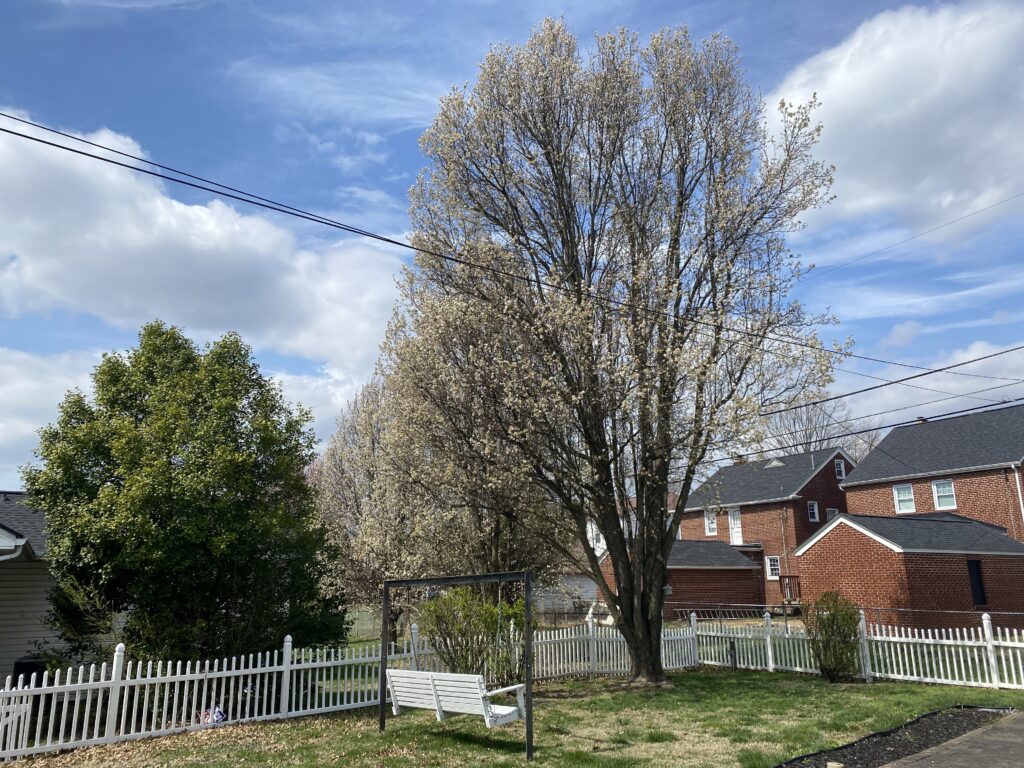Over the past month we’ve seen days in the 70s and nights below freezing.
Zack Fowler is a West Virginia University biology professor and the director at WVU’s Core Arboretum. He said the wild temperature swings relate to phenology, the timing of annual events and an organism’s life cycle.
“Phenology is, especially around here, emerging from dormancy in the spring, making flowers, making fruits, losing leaves, going back into dormancy, those sorts of things,” Fowler said. “The scientists that study this have found big changes in plant phenology due to warmer weather earlier in the spring.”
Fowler said early blossoms on apple and paw paw trees, for example, followed by freezing temperatures, won’t necessarily kill the tree, but can affect the fruit yield.
“If a frost comes while the flowers are blossoming, the blossoms would die before they’ll produce fruit, and if it comes when there’s already some small tender fruit, the fruit will just kind of wither and fall,” he said.
Fowler said when blossoms come early, sometimes pollinators like bees come out of hibernation as well, giving fruit growth a natural boost.
“Trees and plants depend on the emergence of pollinators and other organisms to complete their life cycle,” Fowler said. “You end up in this complex system where if everything moves together as things warm up, it might not be weird to have spring earlier, but it might not have drastic system wide effects. If everything doesn’t move in sync, if one thing moves faster than another thing, or if the insects respond differently than the plants, or if the trees respond differently than the small plants that need to grow under the trees, then things could really be impacted by that.”
He said the rule of thumb for putting out your outdoor plants is right around May 15, close to Mother’s Day.























